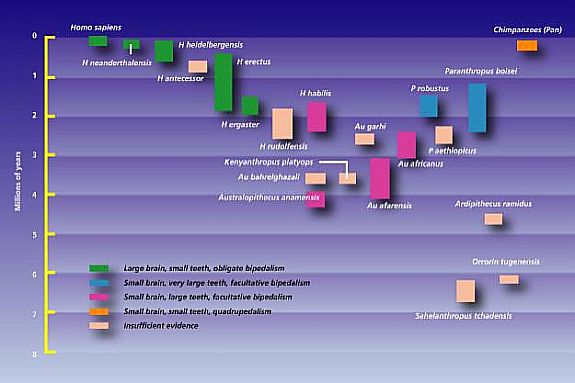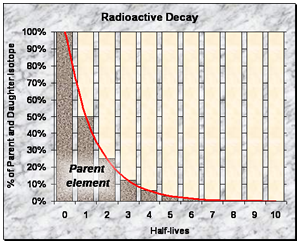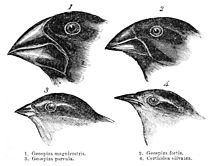So to start things off we turned in the isopod lab that we worked on last week.
We then jumped right into the Starfish dissection lab. First dissection I have ever done that did not smell really bad so if you were not there, you missed out. Hah. Essentially, the idea of the lab was to open up and observe the parts of the starfish and to also improve our dissecting abilities. We even broke open the goggles drawer and popped those on so we knew right away that it was about to get real from there on. The lab was on page 63-66 and was pretty self-explanatory. It listed the parts of the starfish we would observe on the front page of the lab(63) and after reading the descriptions of each piece and their location, finding them was easy. For those of you not there today, I am assuming you will not be given another chance to dissect a starfish so I'll tell you what I got at the very least for each blank.
1. 5 rays
2. rough and hard
3. they have very rough skin
4. hard
5. it has 5 pyloric ceca
6. 5 gonad pairs
7. one
8a. ventral
8b. underneath it
9a. dorsal
9b. on top of it
10a. system for transporting blood
10b. blood
11a. its transportation system for moving water to move and get food as a result
11b. water
12. 5 radial canals
13. one circular canal
14. 5 tube feet
A tip for the first question is the phrase penta radial symmetry. I highly recommend looking this word up as my definition-something that can be divided into 5 sections each with the same internal and external structure-may not do the phrase justice or may not completely make sense to you.
Don't forget to do page 66 (its on the back of the lab)!!!
When we finished the lab we watched a movie about bugs for about ten minutes. To some it up in a sentence: Bugs are everywhere, they are some of the most successful organisms on the planet, and the ones on land are eerily similar to their ancestors in the water.
HW:
Finish the lab (63-66)
Work on Nature Article
U.P. (75-76)
Next scribe is Sean


















